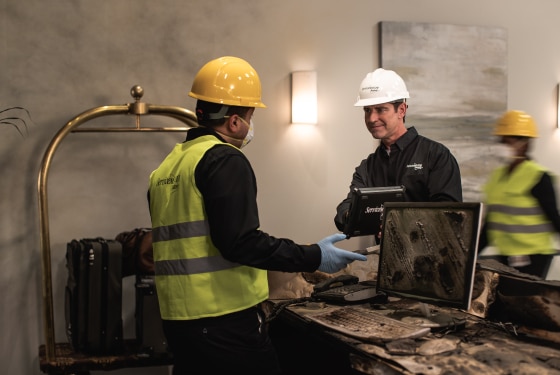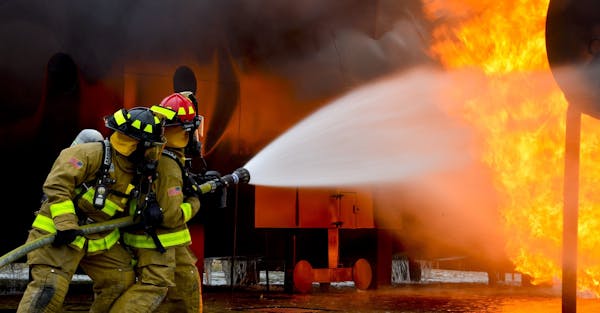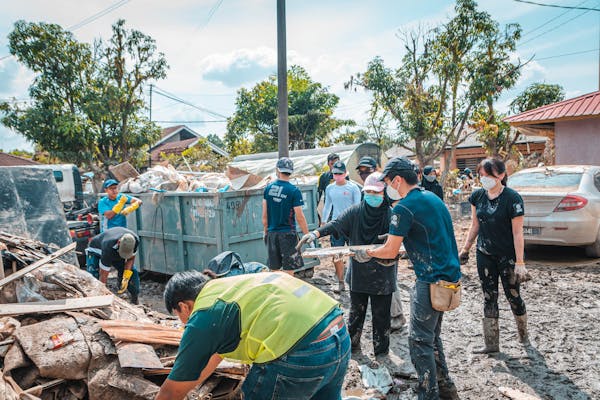It's important to identify the early signs of water damage, so you can get the problem fixed before it becomes worse. You might notice mold or mildew growth in a home or office, damp carpeting, stains on ceilings and walls, or excessive condensation on windows. All these are common signs that moisture has been an issue for quite some time now. So if you're noticing these symptoms at your place of business or home, you'll want to take advantage of our expert water damage restoration services as soon as possible.

What Should You Do If There Is a Water Emergency?
If you have a water emergency, the first thing you should do is shut off the water. If you can't shut off the water, call a plumber or your local utility company. Next, assess the damage and see if you can salvage any of your belongings. If the damage is too great, call a professional water damage restoration company.
How Can I Prevent Water Damage?
If you want to prevent water damage, you need to be proactive. Some simple things you can do are:
-inspect your home regularly for any leaks or water damage
-fix any leaks or water damage immediately
-have a plan in place in case of flooding
-know where your main water shutoff valve is located
-educate yourself and your family on what to do in case of water damage.
Conclusion
If you've noticed any of the four signs of water damage mentioned in this article, it's important to take action right away. Ignoring water damage will only lead to further problems down the road, so it's best to nip it in the bud as soon as possible.

